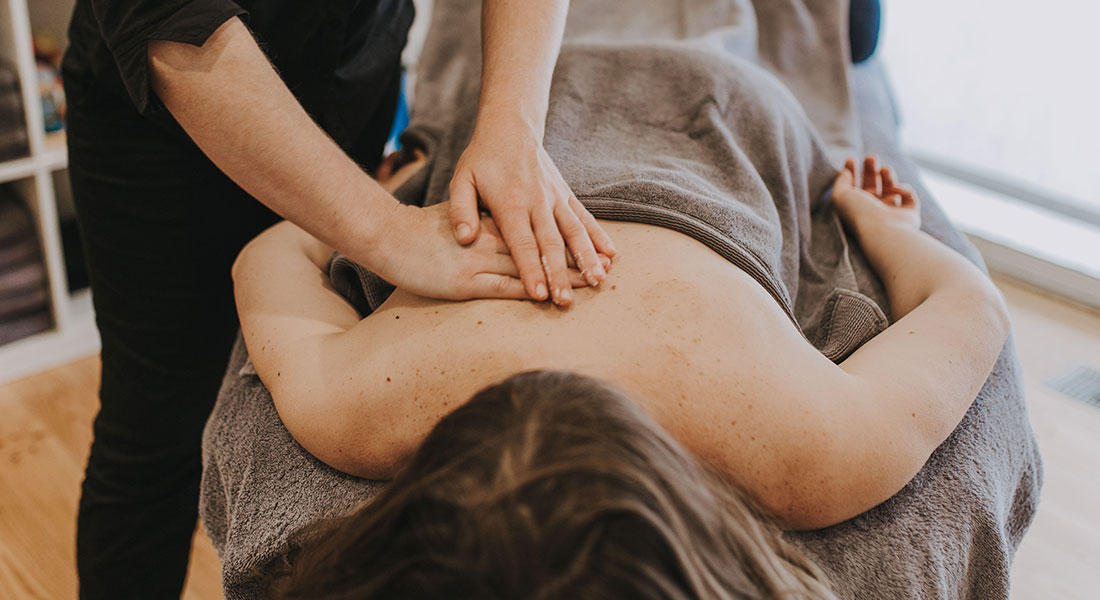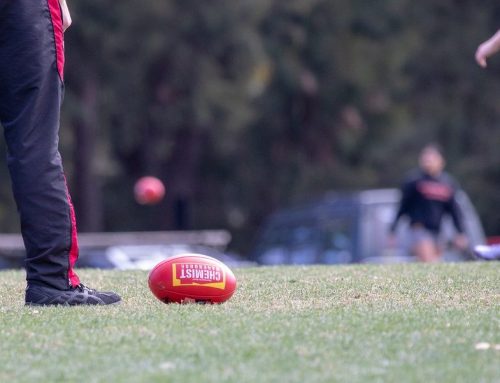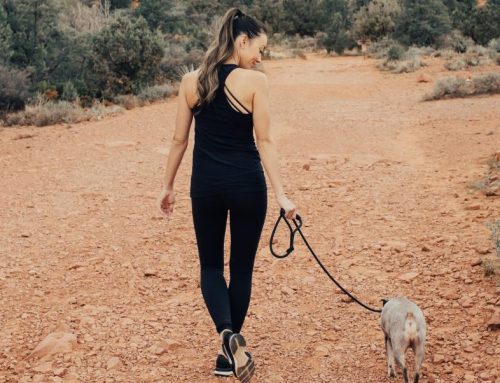Five weeks ago a client came into the clinic who had experienced chronic lower back pain for the past fifteen years and this pain had affected her life in many ways. She was unable to bend down even to pick something up and was unable to do those everyday activities that we sometimes take for granted without fear of having a back spasm.
In this time, she had tried a number of different therapies but had not experienced much relief. The pain was so bad at one point that she had an MRI to determine if she had a herniated disc, but the results came back as negative. When we first met for an appointment, she was having a flare up and was willing to try just about anything to gain some relief.
Initially, we had an introductory 15 minute session where I explained to her what myotherapy was. I then asked her to pinpoint where she was having the pain, which was on her left lower back/ upper gluteal region. When palpating this area, I discovered some very large trigger points (muscle knots) present in her left gluteus medius muscle. I treated these regions briefly and she said that she felt a lot of relief. We rebooked a session for the following week during which we we could complete a full comprehensive initial assessment.
During this initial assessment, we found that her hips were out of alignment and she had reduced range of motion in her lumber and thoracic back. I then treated the muscles around the hips and lower back that were short and tight. The primary muscle that we found that was restricted were her hip flexors- namely her Iliopsoas muscle; this muscle attaches from your lumber spine to your femur in the groin region and is one of the biggest muscles that contribute to lower back pain in the general population.
After this session, she was overcome with emotion, because it was the first time in years that she was able to move much more freely without pain. Since then, she has experienced a greater range of movement and improved ability to do those everyday activities. She now enjoys a much more active lifestyle.
Seamus Hayes – Elite Myotherapist







